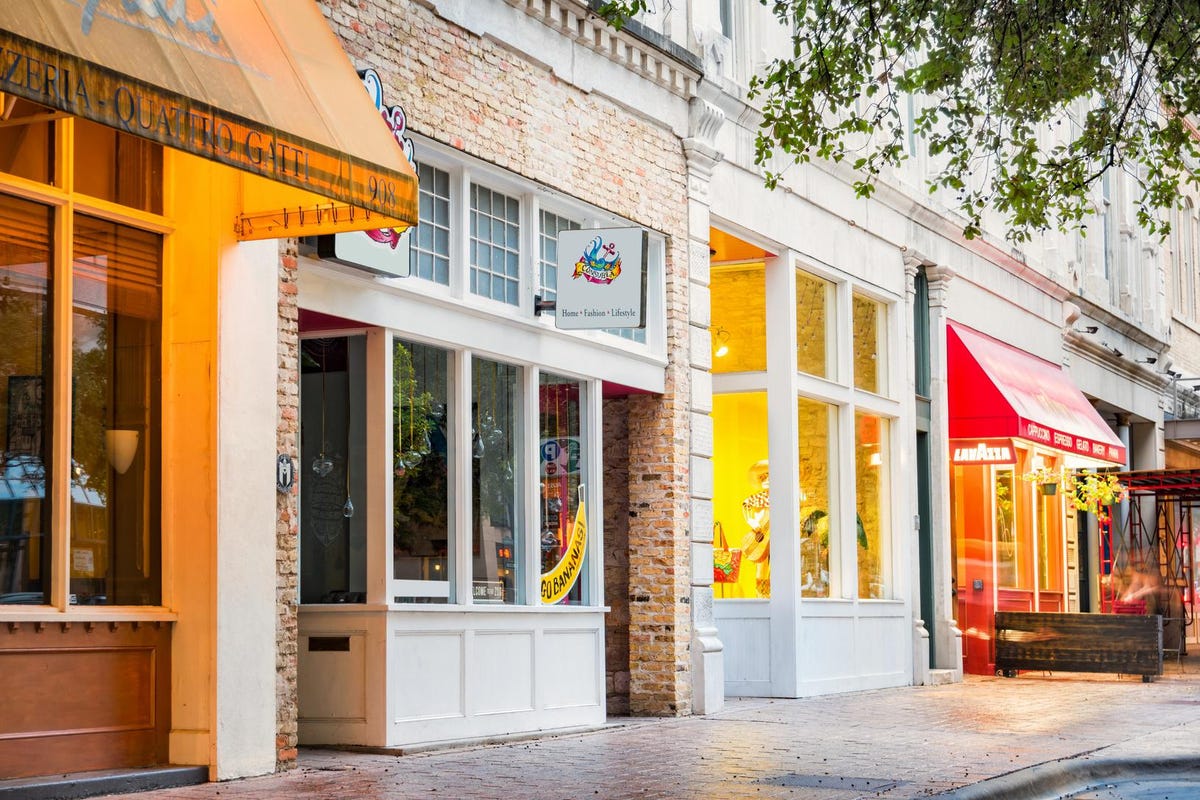Key trends in brick-and-mortar business
For brick-and-mortar stores competing with e-commerce and the digital economy, maximizing the value of the in-store experience is critical.
Interestingly, after two years with the Covid-19 pandemic, people are more likely to shop in-store because they want to be in person and get away from their computers and homes.
This shift in consumer behavior has left retailers in a unique position – after years of closings, reduced hours and very little foot traffic, the tide is turning and shoppers are appreciating the in-person experience more than ever.
Let’s take a look at the key trends in offline marketing and how companies are navigating the retail landscape.
Omnichannel
The cross-channel shopping experience should be beneficial for both e-commerce and brick-and-mortar stores. In the past, favoring the side of e-commerce seemed mostly one-sided.
Customers search for deals and compare prices online, and often try on items in-store to find their size online and complete the purchase online. Or worse, buy multiple sizes of the same item online to try them on in the comfort of their home and then return all the extra sizes to their nearest store location. In-store profits negatively impact brick-and-mortar sales, but provide an opportunity to engage the customer and introduce them to new products.
Only a few retailers are using their web presence to leverage their physical store locations. One way to do this is to display accurate and up-to-date inventory to the user and let them know where to find the items they need. For example, many big-box retailers disclose the exact aisle and location of in-store items on their website, so the customer can start their shopping experience online and instead easily find the item at their nearest store and receive the item the same day.
Looking at it from a different angle, Plaster’s report notes that “Digital Native Brands (DNBs) have a unique perspective on the potential of omnichannel marketing. While most traditional retailers use stores as a starting point and then move online, the online-only approach these brands pioneered is the key, and often the only, way to go.” Growth gives way. Yet many are turning to physical environments to expand on existing success—and this shift is incredibly important.
It is clear that a true omnichannel strategy is key to the future of retail.
Pay attention to the area
“Brick-and-mortar businesses should be involved in affiliate and event marketing, and if they’re going to be in the media, they should focus on local media,” says Amanda Berlin, a PR consultant at the Aberlin Agency.
She advises that identifying local strategic partners who have similar target customers and can promote the brand to new audiences or customers is key.
“With these affiliates or sole brick and mortar business owners, they can create experiences that draw their customers into the store and give them something they can’t get from an online experience – and a sorely missed outbreak during the store. Building an event with an affiliate can extend the reach of the event and bring in new faces. With all the media options and like “While online media such as podcasts and online magazines are readily available, brick-and-mortar businesses should focus on engaging local audiences. Only engage in media relations efforts if they are highly targeted and focused on local opportunities,” adds Berlin.
Experience marketing
As expected, consumers return to physical stores only for experiences they can draw from – whether that’s talking to a salesperson, seeing and touching products in person, or attending engaging events. Experiential marketing can go a long way in building brand equity and increasing sales.
“Frequent experiential activities in your retail location are a key strategy to get people in the door and stay as long as you can. That time is important. Because consumers are becoming more experientially driven by product quality, it’s important for small and large retailers to create an experience that goes beyond the product they sell themselves.” In-store activations build trust and deeper relationships with customers,” said Adebukola Ajao, digital marketing consultant at BDY Consult.
Brick and mortar stores must constantly look for ways to improve the in-store experience and add value to the shopper. That’s done by adding additional services, removing any customer pain points or experience events – a must to keep consumers engaged and coming back.
The challenges posed by the global pandemic have forced businesses to reassess their strategy and push the needle forward in retail innovation. Brick-and-mortar stores need to tap into the retail industry to take advantage of the unique opportunities that present themselves.





